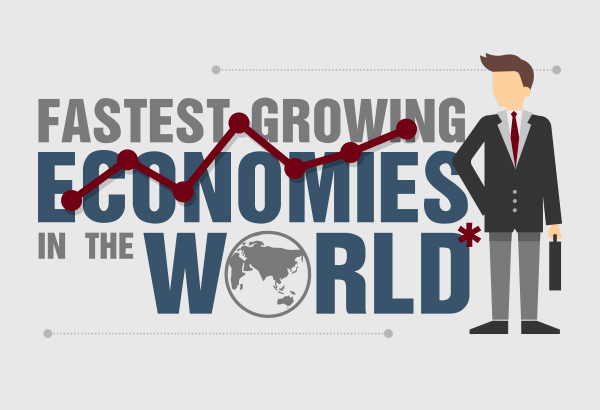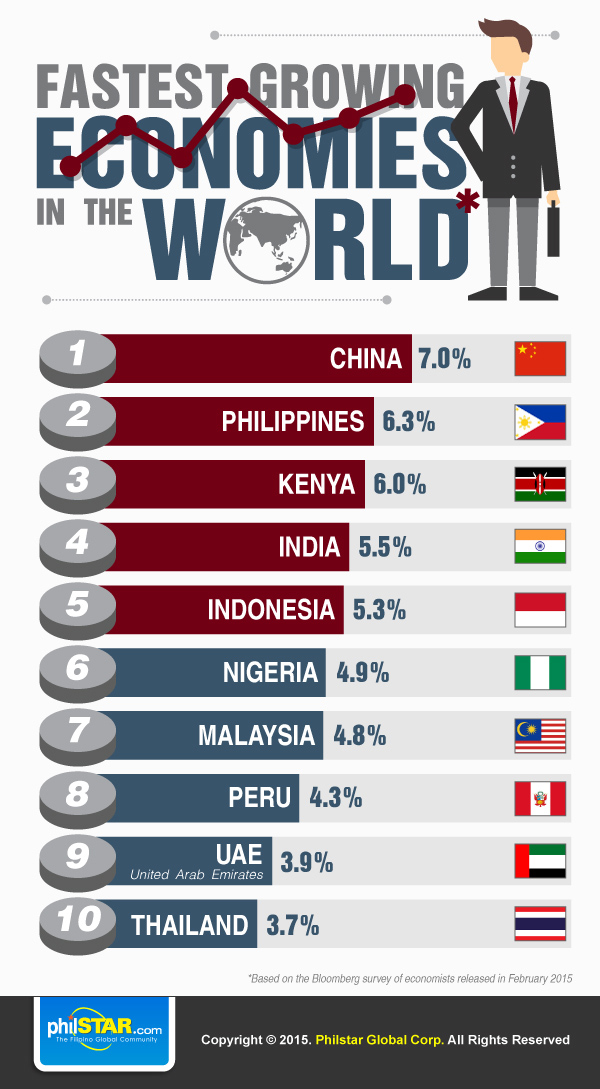
First Philippine Made 180 meters long LPG carrier ship. image: philSTAR
Hanjin unveils first Philippine-made LPG carrier
SUBIC BAY FREEPORT, Philippines – Korea’s shipbuilding giant Hanjin Heavy Industry and Construction Co., Ltd.–Philippines (HHIC-Phil) recently unveiled the first-ever Philippine-made Liquefied Petroleum Gas (LPG) carrier.
The LPG carrier measures 180 meters in length, 29.4m in breadth and 18m in depth.
It was ordered by Belgian shipping company Exmar Shipping BVBA and was christened as “Kaprijke” by company owner Saverys family.
Construction of the LPG carrier began in June of last year.
The project has once again affirmed the world-class craftsmanship of Filipino workers in the global shipbuilding industry.
In a statement, HHIC-Phil president Jeong Sup Shim recounted the challenges the company had to go through in putting up the state-of-the-art shipyard in the country’s premier freeport.
He attributed the company’s success to the support of the Philippine government and outstanding work ethic of Hanjin shipyard workers.
“It is our company’s earnest desire and long term commitment to catapult the Philippines as the number one shipbuilding country in the world,” Shim said.
Citing the June 2015 edition of the shipping journal published by highly authoritative Europe-based Clarksons Research, “Both the Philippines and HHIC-Phil Inc. have been making great strides in the international business scene, motivating us to push ourselves to the limit to bring more prosperity not only for our company but also for our generous host – the Filipino people,” Shim further said.
“The Philippines is currently ranked fourth in the world in terms of order book by builder country with 2.1 gross compensated tonnage (CGT) for new vessel,” Shim said.
Hanjin Subic shipyard is the 10th largest shipyard in the world in terms of order book by shipyard, accounting for 1.8 GCT or 74 percent of the Philippines’ CGT for new vessels.
The shipbuilding company still has seven LPG carriers in the company’s order book to be delivered in the immediate future.
In 2012, HHIC-Phil Inc. put the country in the worldwide spotlight with the simultaneous inauguration of two Suezmax Crude Oil Tankers first ever built on Philippine shores.
HHIC-Phil Inc. has been building huge commercial vessels ranging from container ships to bulk carriers, crude oil tankers and off-shore structures mainly for overseas clients since 2008. Its Subic shipyard boasts of one of the largest drydocks in the world today.
The company has invested around $1.7 billion so far. Its shipyard is currently home to almost 29,000 workers and still counting.
HHIC-Phil operates a Skill Development Center, a multi-million world class training facility located at the heart of the Subic Bay Freeport’s Industrial Park. - philSTAR







 MANILA, Philippines — Business news network Bloomberg surveyed top economists around the world who projected 10 economies to have the highest gains in growth in 2015.
MANILA, Philippines — Business news network Bloomberg surveyed top economists around the world who projected 10 economies to have the highest gains in growth in 2015.











